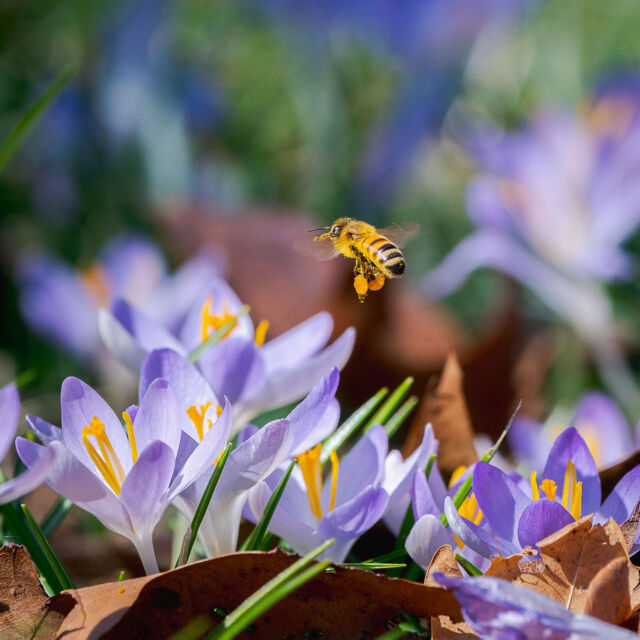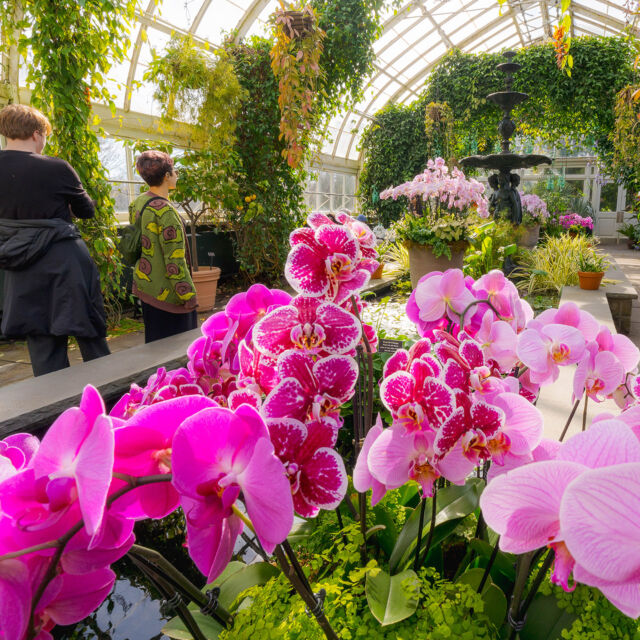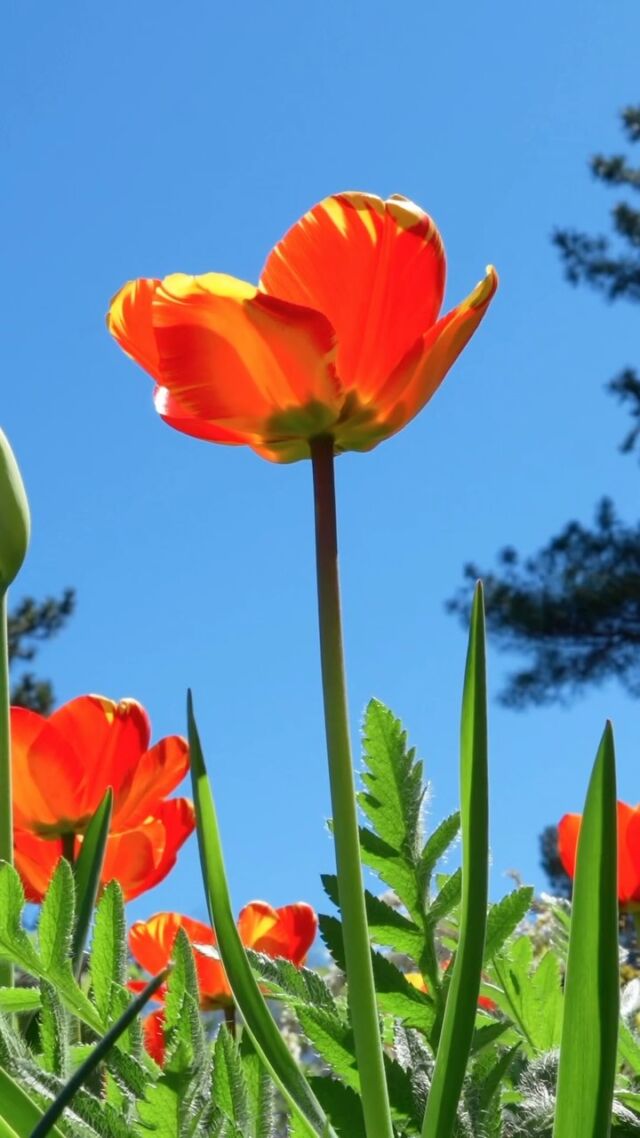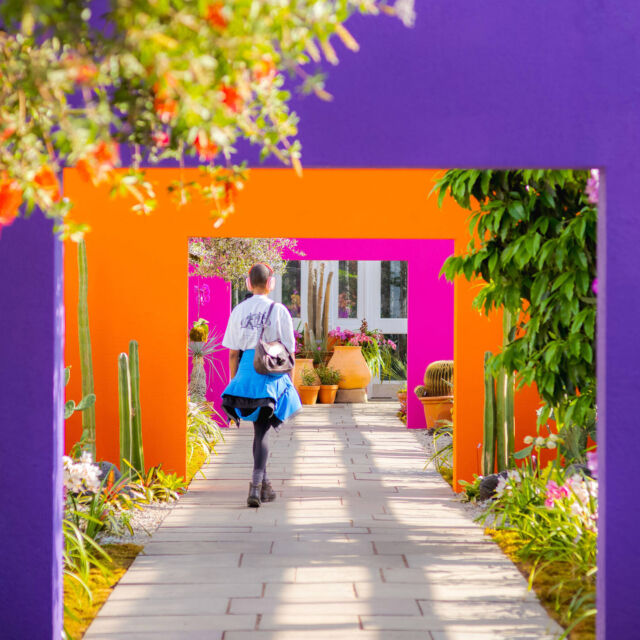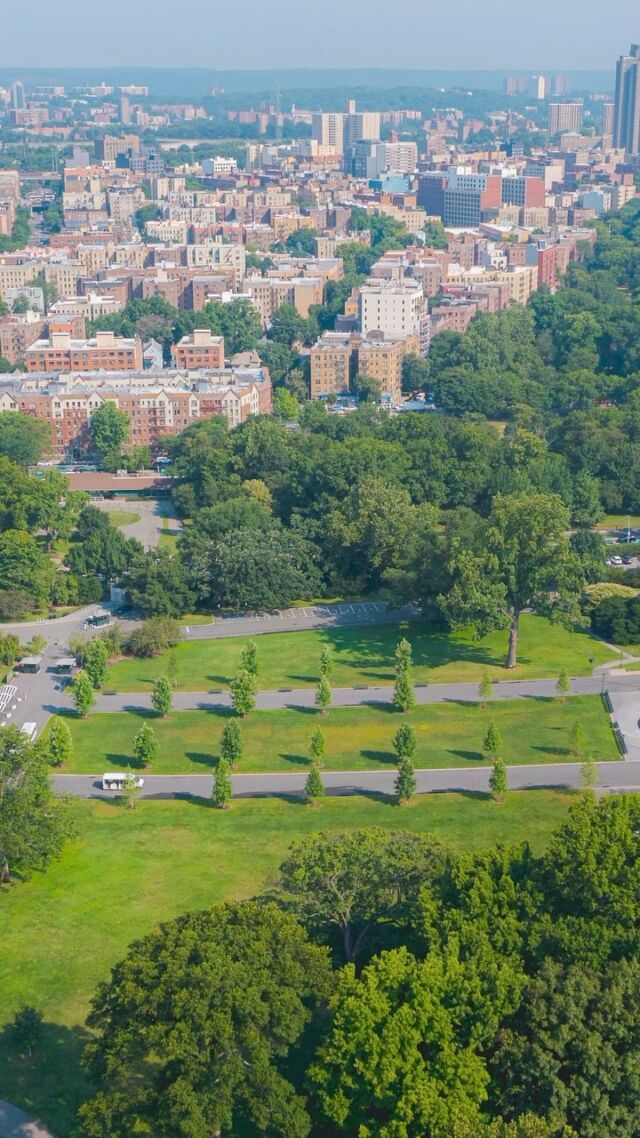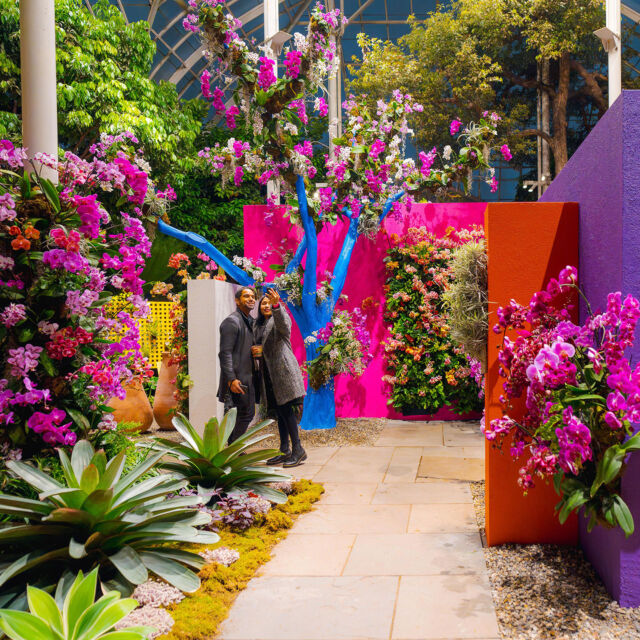NYBG Science Around the World
Helena LaPorte-Burns is the Public Education Coordinator at The New York Botanical Garden.
The New York Botanical Garden is a world leader in plant research and conservation, using traditional and cutting-edge tools to discover, understand, and preserve Earth’s vast botanical diversity. NYBG scientists work to discover biodiversity, engage and train future generations, and defend the planet. Their efforts would not be possible without the expertise and cooperation of local citizens and scientists in more than 49 countries where NYBG scientists are currently working. Become more familiar with some of their work through these highlighted projects.
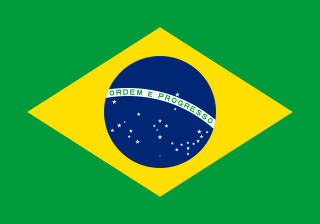 BRAZIL
BRAZIL
Amazonia (Tapajós River)
NYBG Scientist: Ben Torke, Ph.D.
Goal of the study: To compile inventories of the plants of two protected areas in the region that are critical for the study, conservation, and management of biodiversity in order to produce an interactive, web-based brief guide to the plants of the two areas.
Did you know? The Tapajós River is the fifth largest tributary of the Amazon River.
Atlantic Coastal Forest
NYBG Scientists: Fabián Michelangeli, Ph.D. and Wayt Thomas, Ph.D.
Goal of the study: To explain and predict the distribution of animal and plant species in this endangered yet megadiverse forest.
Did you know? The Atlantic Coastal Forest has one of the highest percentages of endemism (species native to a single defined geographic location) in the world; over 50% of the tree species (Mori et al. 1981) and 92% of the amphibians (Lynch 1979) are found nowhere else in the world.
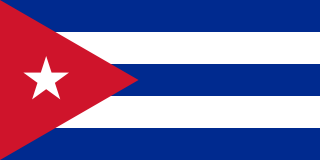 CUBA
CUBA
NYBG Scientist: Fabián Michelangeli, Ph.D.
Goal of the study: To perform, in partnership with Cuban institutions, island-wide conservation assessments of species to determine which are most at risk.
Did you know? Cuba has the greatest surface area and plant diversity of any island in the Caribbean, making it one of the world’s Biodiversity Hotspots.
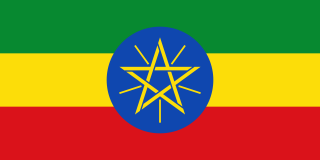 ETHIOPIA
ETHIOPIA
NYBG Scientist: Alex McAlvay, Ph.D.
Goal of the study: To document and understand the cereal (edible grain) species mixtures used by Ethiopian farmers for climate resilience.
Did you know? Approximately 85% of Ethiopians are engaged in agriculture and produce most of the food consumed within the country.
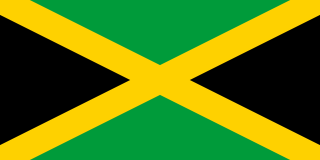 JAMAICA
JAMAICA
NYBG Scientist: Ina Vandebroek, Ph.D.
Goal of the study: To investigate the variation in medicinal plant knowledge held by Jamaicans compared to people in the Dominican Republic.
Did you know? There is a rich communal knowledge of plants in the Caribbean. During a conversation, Faye, a female farmer in Portland, Jamaica, told Ina, “Me cyan [cannot] really remember that one, but every bush has a use, a meaning. For every sickness in a people body the bush is there.”
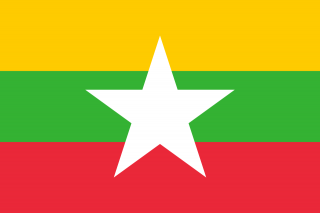 MYANMAR
MYANMAR
NYBG Scientist: Kate Armstrong, Ph.D.
Goal of the study: To discover and document Myanmar’s botanical diversity, build the country’s capacity to carry out plant research, and promote the sustainable use of its forests.
Did you know? The country’s Northern Forest Complex is recognized as a Biodiversity Hotspot, with an estimated 6,000 species of which 1,500 are estimated to exist nowhere else.
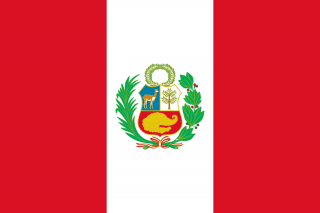 PERU
PERU
NYBG Scientist: Fabián Michelangeli, Ph.D.
Goal of the study: To work with collaborators to collect plants form Yanachaga-Chemillén National Park to study the evolution, taxonomy, and distribution of the princess flower family.
Did you know? The princess flower family (Melastomataceae) is one of the most diverse plant groups in tropical forests.
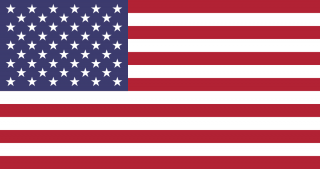 UNITED STATES
UNITED STATES
Northeast (including Canada)
NYBG Scientist: Rob Naczi, Ph.D.
Goal of the study: To study and document the flora of eastern North America while producing the New Manual of Vascular Plants of Northeastern United States and Adjacent Canada.
Did you know? Rob is particularly interested in using diagrams called phylogenetic trees to understand sedge evolution and biogeography (the geographic distribution of organisms).
Midwest (Michigan, Minnesota, Wisconsin)
NYBG Scientist: Ken Karol, Ph.D.
Goal of the study: To use molecular and morphological approaches to understand the evolution of green algae in a broad sense, and the biology, evolution, systematics, and classification of some of the important groups of green algae.
Did you know? As primary producers, algae provide food and shelter for many organisms as well as produce a significant percentage of the oxygen we breathe.
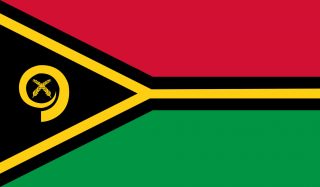 VANUATU
VANUATU
Archipelago (group of islands) in the South Pacific
NYBG Scientists: Michael Balick, Ph.D. and Gregory Plunkett, Ph.D.
Goal of the study: To document and preserve the diverse plants and fungi of the area, traditional uses of plants, and local culture and language.
Did you know? There are 113 languages spoken by Vanuatu indigenous people.
SUBSCRIBE
Enter your email address to subscribe to this blog and receive updates on new posts.





